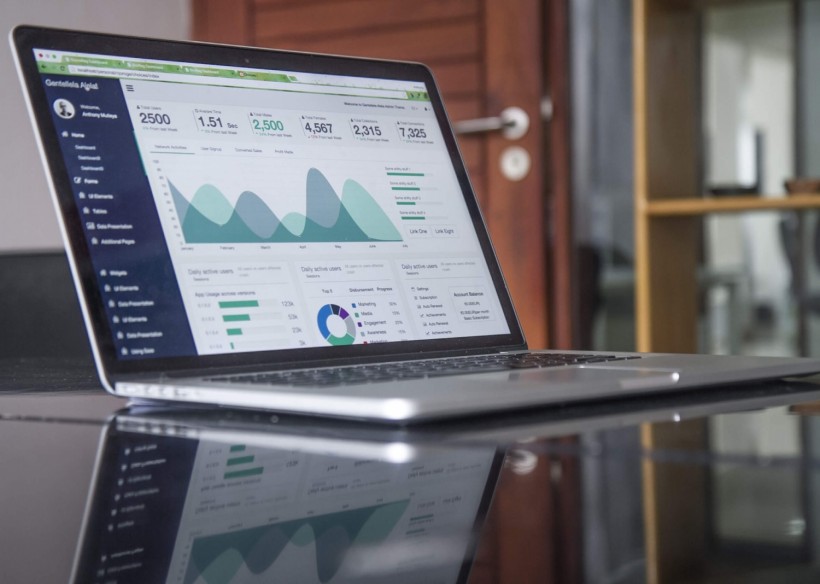
Your finances are the lifeblood of your company. After all, without enough cash coming in every quarter, you won't have the money to pay your employees, purchase supplies, or keep the lights on.
As your company grows and evolves, however, you need to know how to evaluate its financial needs. Regular accounting of your company's finances is key to making the right expansion or scaling decisions, knowing when to take out a loan, and more. Read on for detailed advice on how to evaluate your financial needs as a company.
Look at Your Company's Balance Sheet
The first step in analyzing your company's finances should be to take a long, hard look at your corporate balance sheet. The balance sheet, put simply, is a summary of your company's financial situation. It includes a list of the assets and liabilities.
Your company's assets are what you use to operate its business or to provide services to customers. Your assets are always calculated by tallying up your liabilities and your owners' equity.
Liabilities, on the other hand, are any funds borrowed from other sources and that eventually need to be repaid. "It's the same thing as debts and can include business loans, equipment loans, and so on," says Daniel Kroytor, CEO at TailoredPay.
Both assets and liabilities may be broken down into short-term and long-term variations. Short-term liabilities and assets are usually those that either convert into cash within a year (in the case of assets) or assets that aren't expected to convert into cash within a year (in the case of liabilities). Long-term assets and liabilities are the opposite and are those that will either not convert into cash or that are not due within a year.
Your balance sheet may further include things like owners' equity, which is the financing that you or any other owners have put into the business (including investors).
When analyzing your company's balance sheet, be sure to tally up all your assets and liabilities so you have a full grasp of your current debt obligations, your financial assets, and more.
Examine Income and Cash Flow Statements
The next big step should be to examine both your income statements and cash flow statements.
An income statement shows your company's financial performance and position over a set period of time, usually one year or one quarter. It looks at metrics like revenue, profits earned, and expenses. Note that you can make an income statement for any period of time using standard accounting software.
The income statement is important since it tells you:
-
How much revenue is growing for your company over a given time
-
What your gross profit margin is
-
What percentage of your business's revenue can be counted in net profits
-
Whether your business is on track to cover debt interest repayments
-
And more
Meanwhile, the cash flow statement tells you exactly how you use your incoming cash during a given accounting period, like one year or one quarter. It shows all the different sources of your business cash flow and areas where that money was spent, such as financing activities, operations, and investing.
Zachary Hamed, CEO at Clay says, "Your company's cash flow statement is arguably the most important document analyzed. It tells you exactly how much money you have to work with and where your money usually goes."
Therefore, analyzing your cash flow can tell you:
-
Whether you can change your financial activities to better balance your cash spending
-
How much money you're actually making
-
Where most of your money goes
-
And more
 (Photo : Carlos Muza on Unsplash)
(Photo : Carlos Muza on Unsplash)

Calculate Key Financial Ratios
As you analyze your balance sheet and other documents, you'll need to calculate important financial ratios to better understand your overall financial position. Some of the most important financial ratios to calculate include:
-
Net profit margin, which is how much profit your company makes after expenses are deducted from revenue, expressed as a percentage. Net profit margin includes interest and tax from revenue
-
Gross profit margin, which is the profit your company makes after the direct cost of sales expenses are deducted from revenue, expressed as a percentage
-
Debt to equity ratio, which is the percentage of your company debt versus equity that your company uses to finance operations
-
Coverage ratio, which is your company's ability to meet financial obligations like debt payments or interest payments
Check Your Company Credit Report
One bonus thing you can do to evaluate your financial needs is for a company to examine your business credit report. Business credit is similar to personal credit, but it tells the big banks and credit bureaus how creditworthy or trustworthy you are for business loans and similar forms of financing.
Why does this matter? Matas Jakutis, CMO at Forcefield Digital says, "If you have a bad business credit score, your financial needs might increase in the future since you'll be less likely to get a business loan in an emergency."
The reverse is true if you have a good business credit score. A good company credit score gives you a little financial wiggle room or flexibility.
Consider Market Trends
Lastly, take a look at broader market trends that may affect your company based on its industry or niche. Market trends can impact your company in the short or long-term future.
For instance, if other companies in your business's industry are starting to pay more for raw materials, you can bet that your company will face the same expenditure increase in the near future.
"Market trends can help you predict your financial needs and the next few months or years," says Theresia Le Battistini, CEO and Founder of Fashion League. "Being able to understand market trends helps distinguish truly successful companies from lucky companies."
Conclusion
Ultimately, it's a good idea to either hire an accountant or act as one yourself to regularly evaluate your company's financial needs. Only by keeping tabs on your finances will you be prepared to weather market changes or to make the right executive decisions at the right time. So don't shy away from the balance sheet - make looking at it a major part of your morning routine!
* This is a contributed article and this content does not necessarily represent the views of techtimes.com









